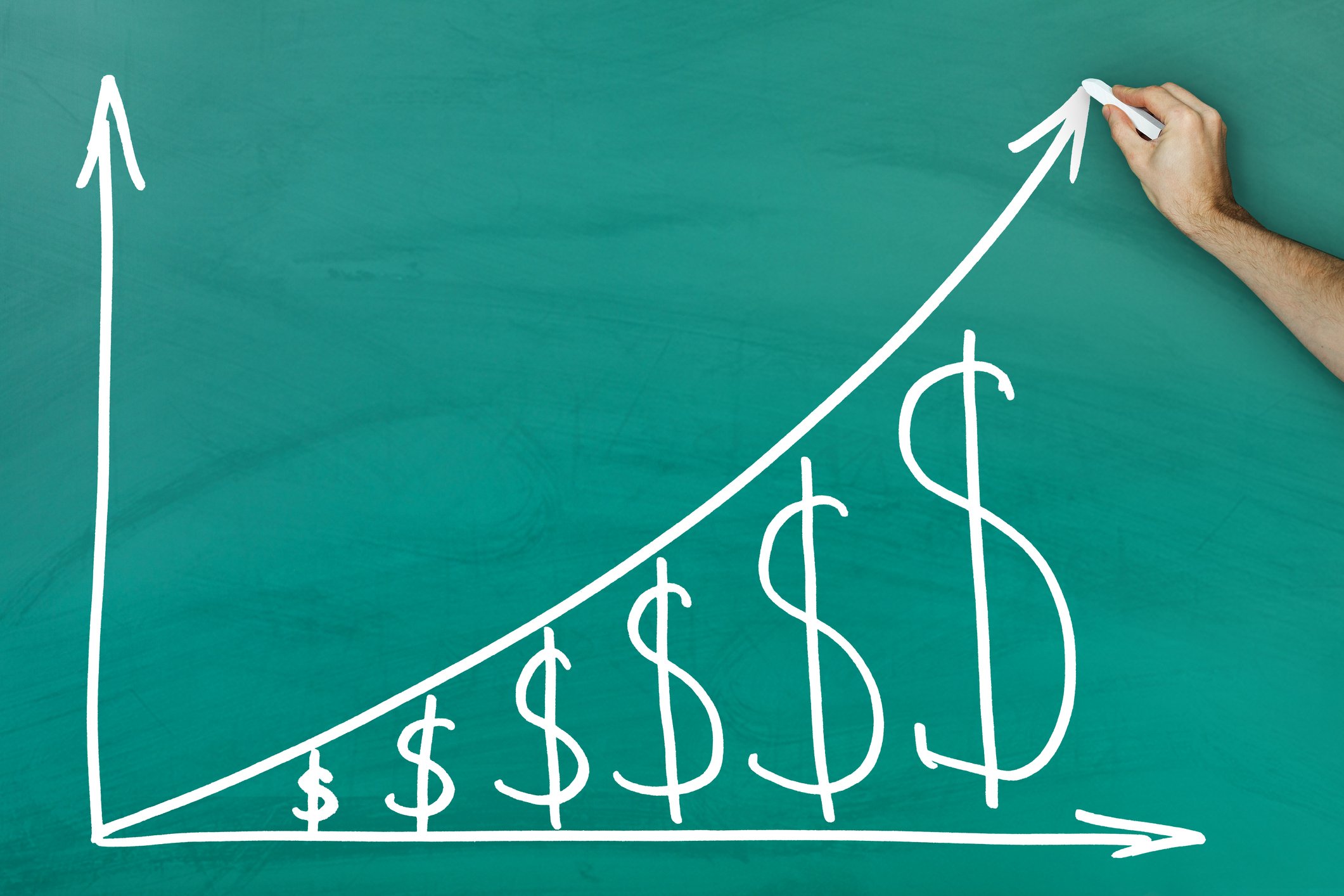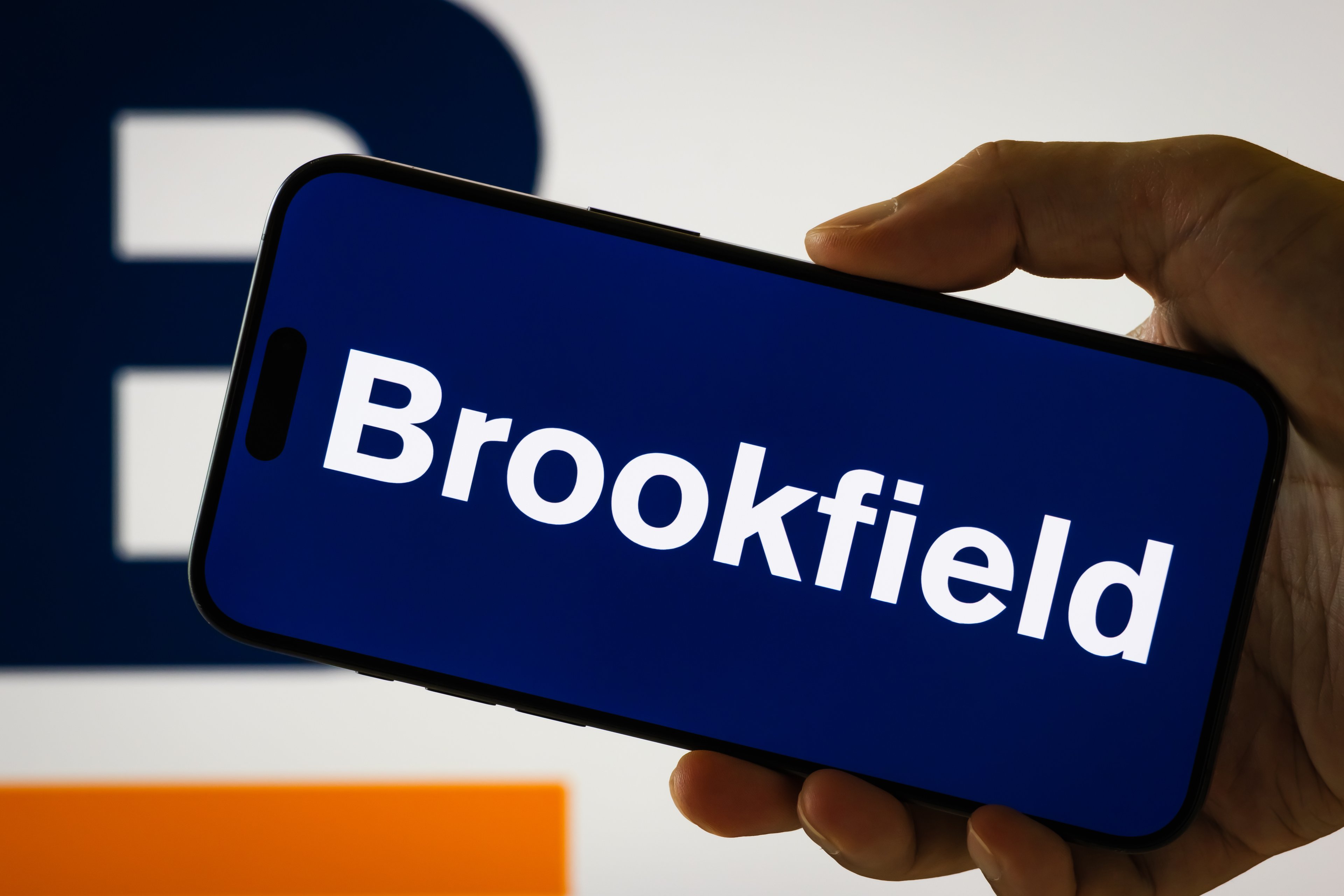In the stock market, $500 might not seem like much, where the top tickers often trade at hundreds or thousands of dollars per share. But with commission-free trades and fractional trading, it's never been easier to get investing with just a few hundred dollars.
It might be tempting to invest that $500 in high-risk plays like meme stocks and cryptocurrencies to chase bigger and faster gains. However, it would be more prudent to park that cash in some stable blue-chip dividend stocks that can generate big long-term gains through their reinvested dividends.
Let's take a look at two stable dividend plays that are well-suited for most income investors: Brookfield Asset Management (BAM 3.66%) and Ares Capital (ARCC 2.06%).

Image source: Getty Images.
1. The conservative play: Brookfield Asset Management
Brookfield Asset Management is one of the world's top alternative asset management firms. Instead of investing in "traditional" assets like stocks, bonds, and T-bills, it invests in "alternative" assets like real estate, infrastructure projects, private equity, and credit markets. As an asset management firm, Brookfield's growth can be gauged by its fee-bearing capital (FBC), or its total managed capital from its clients; its fee-related earnings (FRE), or its total earnings from its management and advisory fees; and its distributable earnings (DE), which represents its available cash flow for covering its dividends and interest payments.

NYSE: BAM
Key Data Points
From 2022 to 2024, Brookfield grew its FBC at a CAGR of 14%, its FRE at a CAGR of 8%, and its DE per share at a CAGR of 6%. Analysts expect its DE per share to rise 11% in 2025 and 17% in 2026. It aims to pay out at least 90% of its DE per share as dividends, and its latest dividend hike this February -- which boosted its annual rate to $1.75 (a forward yield of roughly 2.9%) -- actually exceeds its projected DE of $1.61 per share for 2025.
That payout ratio exceeds 100%, but it isn't a red flag because its core business is still growing at a healthy rate. Over the next few years, Brookfield's growth should be driven by the cloud and artificial intelligence (AI) markets, which are generating tailwinds for its investments in the infrastructure and renewable energy markets; and the inflation-driven rotation toward alternative assets. Its stock isn't cheap at 31 times next year's DE per share, but its stability justifies that higher valuation.
2. The high-yield play: Ares Capital
Ares Capital is the world's largest business development corporation (BDC). BDCs provide financing to "middle market" companies that struggle to secure loans from traditional banks because they're considered higher-risk clients. In exchange for taking on that risk, BDCs charge higher interest rates than traditional banks. They're also required to distribute at least 90% of their taxable earnings as dividends to maintain a lower tax rate.

NASDAQ: ARCC
Key Data Points
Ares spreads out its investments across 566 companies backed by 245 different private equity sponsors in its $27.1 billion portfolio. It allocates 58.6% of its portfolio to first lien secured loans, 5.7% to second lien secured loans, and 5% to senior subordinated debt. That diversification limits its exposure to single companies and protects it from potential bankruptcies. Ares provides floating-rate loans that are pinned to the Fed's benchmark rates. It needs interest rates to stay in a "Goldilocks" zone to thrive: low interest rates will throttle its profit growth, but high interest rates could choke the fledgling companies in its portfolio.
Analysts expect the Fed's recent rate cuts to reduce Ares' EPS 14% to $2.01 in 2025 and another 2% to $1.98 in 2026, but it can still easily cover its forward dividend rate of $1.92 per share -- which equals a whopping forward yield of 8.6%. Its earnings growth should rise again as interest rates stabilize, and its stock looks dirt cheap at 11 times next year's earnings. So for now, it's a great place to invest a few hundred dollars and earn some big dividends.





